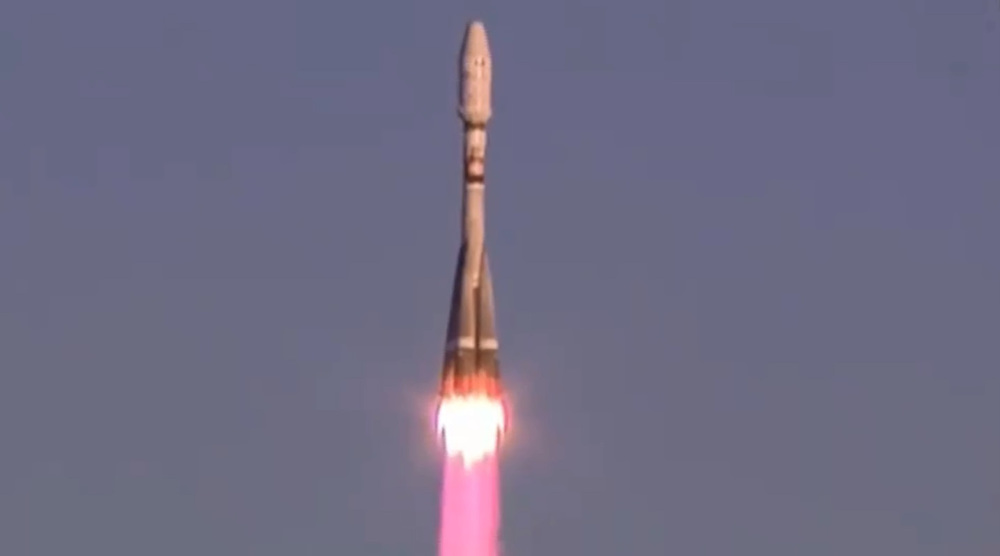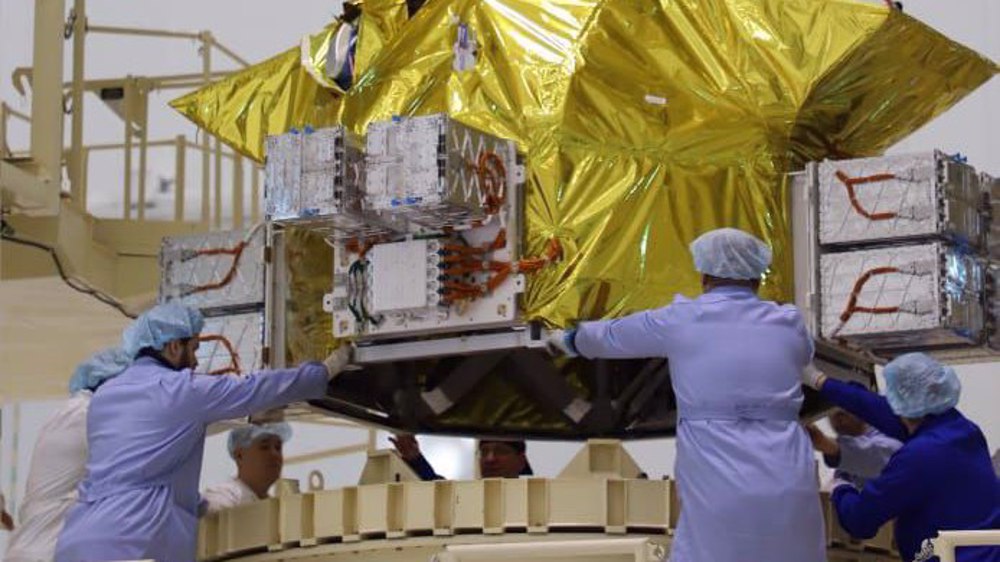Mercury completes rare celestial dance
Stargazers across the globe were in for a treat on Monday as our solar system’s smallest planet, Mercury, embarked on a rare celestial dance passing across the face of the Sun.
Around once in over a decade, Earth and Mercury align, giving amateur and professional astronomers a tiny chance to watch Mercury as it glides between the Sun and the Earth.

In pictures and footage of the event, Mercury could be seen as a tiny black blob slowly traversing our Sun’s immense disc.
"It's all about perspective," said NASA planetary sciences chief Jim Green.

The 7.5-hour passage, technically referred to as a “transit”, is rare because Mercury's orbit around the sun is tilted relative to Earth's, making the three bodies’ alignment in space uncommon.

The event, dangerous to watch with the naked eye, was the third of its kind this century and will not happen again until 2019 and then 2032.
The transit is a suitable time for astronomers to calibrate their space-based solar telescopes.
"When a planet crosses in front of the sun, it causes the sun's brightness to dim. Scientists can measure similar brightness dips from other stars to find planets orbiting them," said NASA.
Israeli military withdraws several brigades from southern Lebanon: Report
48-year-old Palestinian man serving 48 life terms completes 22 years in Israeli jails
From MKO to Tondar, how Germany became safe haven for anti-Iran terror groups
Hamas open to any proposal aiming to end Gaza war: Hamdan
Role of private sector in Iran’s thriving space industry
Four Palestinians killed in Israeli strikes on West Bank
Iran warns of ‘calculated, precise’ response to Israeli aggression
After year-long genocide, Israeli military hires private firms to flatten buildings in Gaza









 This makes it easy to access the Press TV website
This makes it easy to access the Press TV website